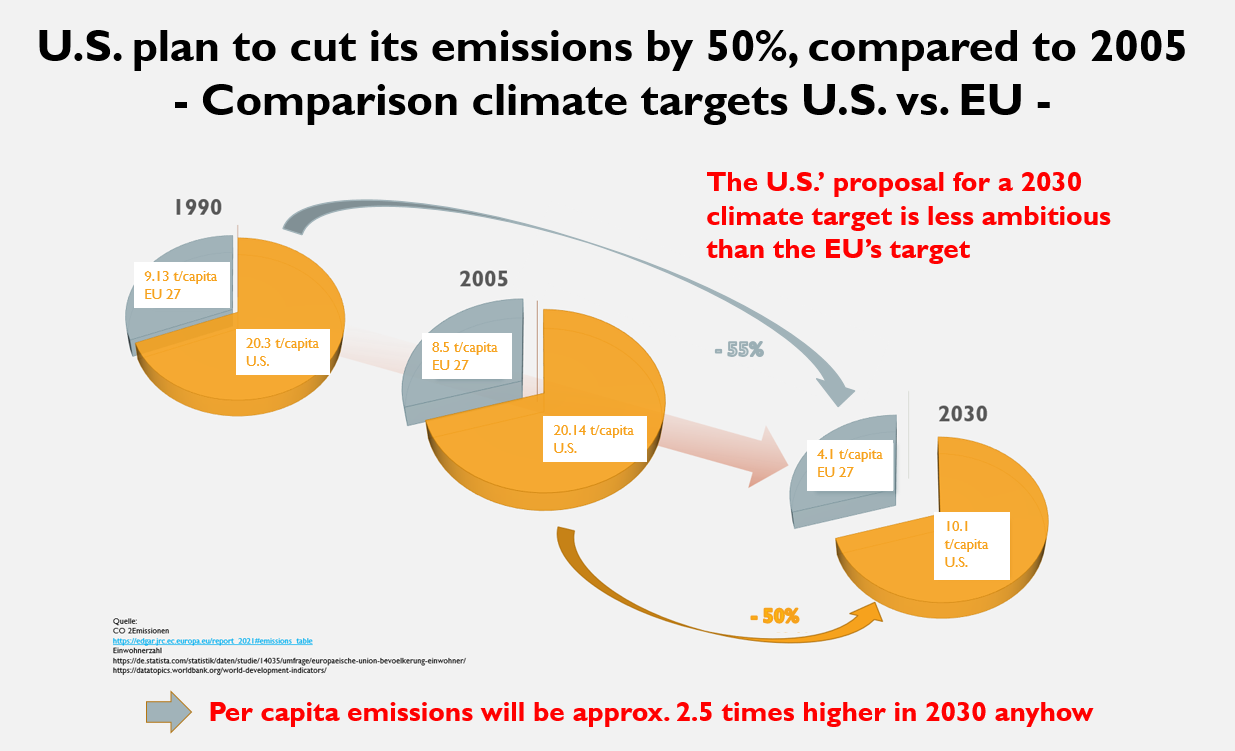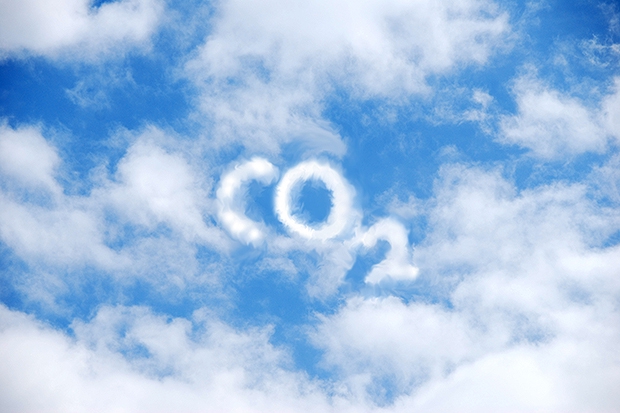Fit for 55 including increased use of renewables and more energy efficiency also crucial to be less dependent from Russian energy / Carbon pricing and negative emissions must be key elements of Fit for 55
"The IPCC report makes clear that it is very important to act as soon as possible. The implementation of an ambitious climate policy package for 2030 is more urgent than ever. Most of the elements like increasing renewable energy and energy efficiency are also beneficial to be less dependent from Russian fossil fuels. While in the very short term, we may have to use more coal and more nuclear, the answer for the future is the Fit for 55 package,” said Peter Liese, environmental spokesman of the largest group in the European Parliament (EPP, Christian Democrats). Liese insisted that any solution must be found internationally: “The European Union is the only big economy that has reduced its emissions in the last 30 years and it is right that we have to increase the pace of the reductions drastically. Europe has to lead, but we also have to increase our efforts to convince third countries. Even the encouraging proposals of Joe Biden are much less ambitious than the EU’s targets for 2030.”

Liese explicitly underlined the role of carbon pricing. “The IPCC has always repeated that carbon pricing is key. That is why we need not only to support the European Commission for its proposal for increased ambition in ETS I but also the establishment of ETS II. However, in both cases it is very important to have an inclusive strategy and to adopt an ambitious Social Climate Fund.”
Another very important point for the environmental politician is to have more focus on negative emissions: “The IPCC also makes clear that without negative emissions we will not make it. That is why I have put the accounting and the rewarding of negative emissions in my draft report on the ETS reform. We need to start now with the implementation of this technology. The IPCC report made clear that there is no time left. Products, for example, bricks that are created by captured CO2 from the air, already exist and we need to make these products competitive as soon as possible.”


